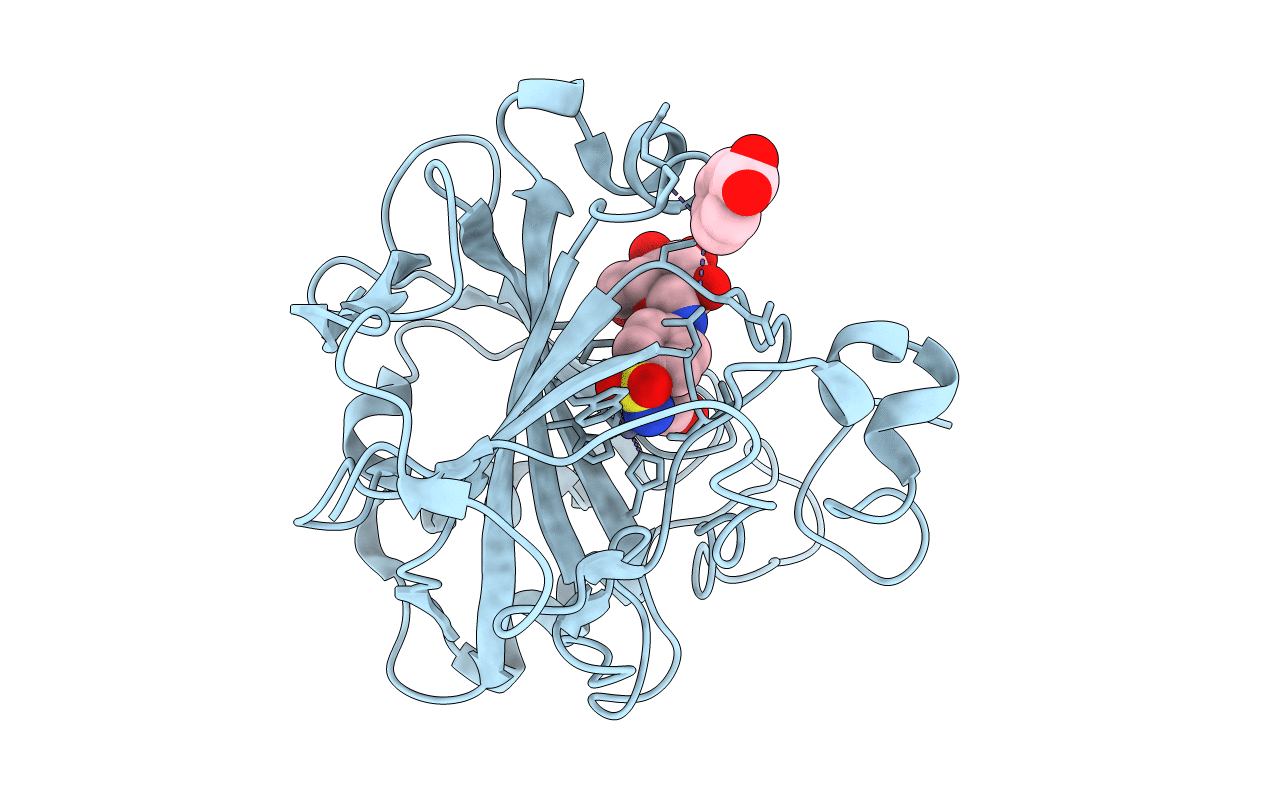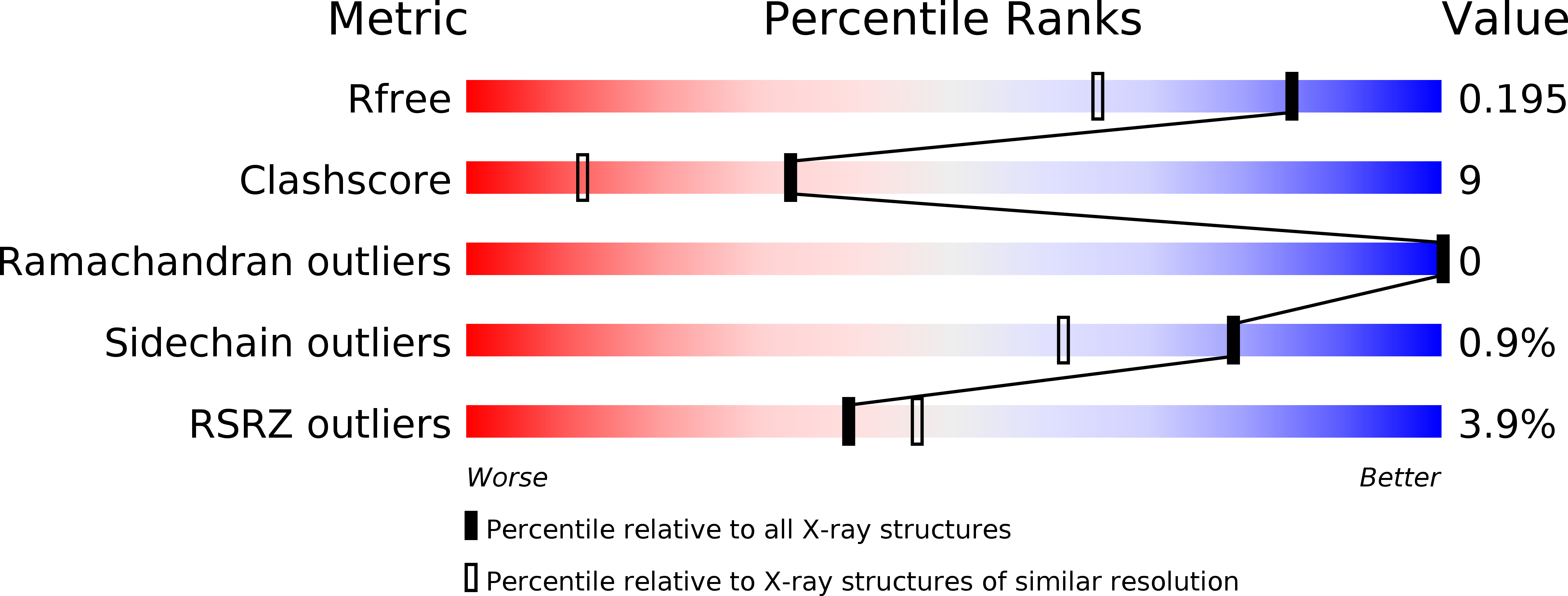
Deposition Date
2006-07-06
Release Date
2007-05-22
Last Version Date
2023-10-25
Entry Detail
PDB ID:
2HL4
Keywords:
Title:
Crystal structure analysis of human carbonic anhydrase II in complex with a benzenesulfonamide derivative
Biological Source:
Source Organism:
Homo sapiens (Taxon ID: 9606)
Method Details:
Experimental Method:
Resolution:
1.55 Å
R-Value Free:
0.19
R-Value Work:
0.17
Space Group:
P 1 21 1


